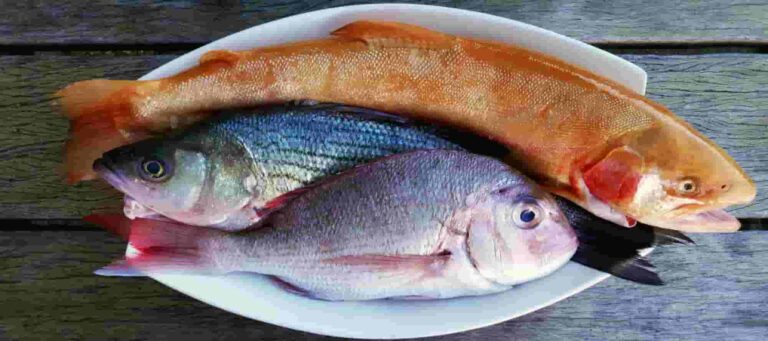Project Report For Fish Shop
Introduction
Project report for Fish Shop is as follows.
Fish is the cheapest and most easily digested animal protein, and it has been harvested from natural sources for human sustenance since the dawn of time. However, due to overfishing and pollution, fish supply in natural waters has decreased significantly, requiring scientists to employ a variety of strategies to boost output.
Fish farming in controlled or artificial environments has become a more convenient technique to increase fish output and availability for human consumption. Farmers may simply start raising fish in village ponds, tanks, or any other new water body and significantly improve their financial situation. It also provides jobs for both skilled and unskilled kids.
Sample Project Report Of Fish Shop For Bank Loan
Get Completely Custom Bankable Project Report
The most advanced and widely used fish culture technology in the country involves the simultaneous cultivation of many types of suitable fish. Composite Fish Culture is the name given to this method.
Through the use of accessible fish food organisms in all natural niches, complemented by artificial feeding, this approach allows for optimum fish production from a pond or a tank. For fish cultivation, any permanent freshwater pond or tank with a water depth of 2 metres can be utilised.

Fish farming is the practice of commercially rearing fish in tanks or cages for the purpose of food production. Ponds, cages, pens, rice fields, sewage feed, and air breathing are the most common freshwater farming habitats in India. Polyculture is the most widely practised culture system. Carb, freshwater prawns, and catfish are the most common species.
India’s aquaculture is mostly focused on carb, with little contributions from other species. In India, fish cultivation can be characterised as widespread, semi-intensive, or intense, with a high stocking rate of 18,408 fish.
The fishing sector is increasing at a rate of 5% each year. Despite its wealth of freshwater resources, India has been unable to exploit even 30% of its potential for inland fish production.
Market Potential Of Fish Shop
Expenses

Product Cost Breakup

Reveneue Vs Expenses

Market Trend

The inland fish industry contributes significantly to the supply of animal protein in rural regions. The majority of inland output is eaten and sold in the United States. Fresh fish is preferred by most consumers.
In the country, the inland fish market is fairly casual. In general, marketing routes are brief. Fish availability per capita in the globe is 12.1 kilogramme per year. It weighs 3.2 kg in India. Every year, the yearly per capita intake of fish rises.
This is due to an increase in purchasing power, a rise in the number of non-vegetarian eaters, and a desire for fish as a cost protein (compared to meat).
While there is a constant need for fish throughout the year, the availability varies with the seasons.
The supply and demand patterns in are fishing sector is increasing at a rate of 5% each year. Despite its wealth of freshwater resources, India has been unable to exploit even 30% of its potential for inland fish production.
